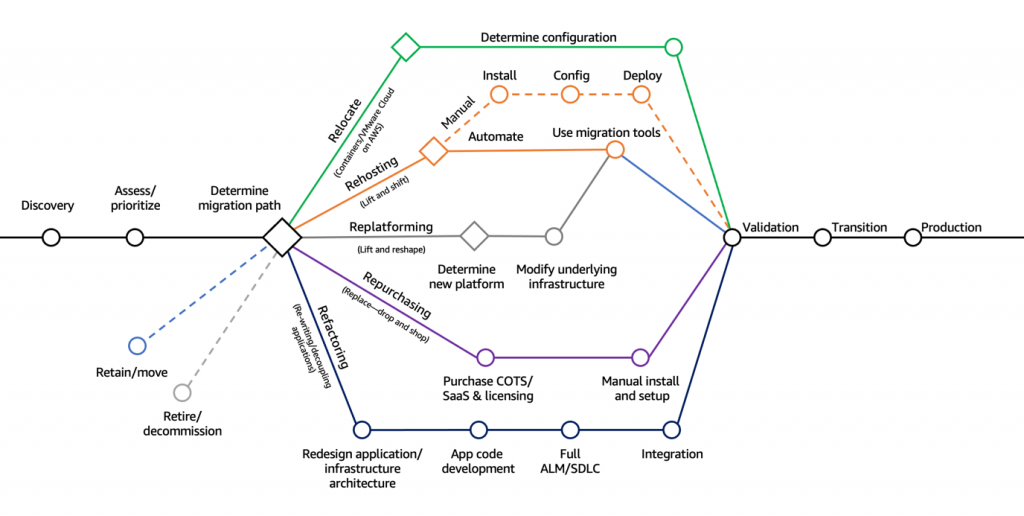The continued technological development has enhanced the usage, management, and storage of information in small and large organizations. Creating storage space in the cloud where information and all relevant business details can be stored is a great win. Migration of this information and records can be from physical storage to the cloud, cloud to cloud, or from the cloud storage back to the physical center.
Moving Your Data
When you decide to move your data, you need to strategize and ensure that the process will be successful. Data migration will require a proper plan that might push you to seek professional help to assist in the data modification and movement to the cloud. Migrating your data to the cloud might take longer than you expect or might take a shorter time. Either way, be careful that there is no data lost in the migration as it can cost your business damage. Migrating your data should be a highly transparent process with a chain-of-custody to everything you migrate, including during the co-existence period.
Migration Strategy
Strategizing on data movement is crucial and the most basic requirement since it results in an efficient and accurate process. Although the activity can be complex, time-consuming, and expensive, ensure that you get it done in the right manner. In most cases, data migration surpasses the set budget and harms the business when a flawed strategy is used. Going for the right strategy means that one can factor in; potential downtime, data integrity, data quality, issue remediation, business impact, end-user experience, effect on end-users processes, and the migration cost. Every migration process is aimed at helping to improve performance and efficiency in any organization.
6 R’s in Cloud Migration
The 6 R’s have been put across among the different cloud migration strategies. Although they are not definitive or mutually exclusive, they are a good recommendation. These strategies include’ rehost, refactor, revise, replace, retain and retire. These strategies work together in ensuring the process will be a success.
Rehosting involves lifting servers and applications from their host environment and moving them to the infrastructure in the cloud. It is a simple activity requiring little infrastructure and expertise.
Refactoring entails optimizing the applications in the migration stage where a lot of technology and expertise is not required—revising stage, also known as the repurchase, involves ending existing licensing and repurposing services on new platforms. Refactoring is basically about improving service and application for reliability and availability. The chief aim in this stage is to ensure that drivers adapt and are ready for any anticipated burst of traffic. Retaining strategy is for those applications that will not be changed but instead held on premises either by choice or for compliance. Retiring is all about identifying what services and assets to switch off and letting the business focus on widely used services of instant value.
Benefits of Cloud Migration
A business that has taken advantage of cloud data storage cannot be compared with one that has not. Storing your data and other cloud applications helps save on space since all of your information is compressed and moved to non-physical storage. There is easy retrieval of the data when needed, and security is also intact since those with the required credentials can only access the data. Cloud migration also allows the communication and automation of different activities in a firm. It makes monitoring the occurrences and the individual in charge of a given activity easy.
Cost reduction also results from cloud migration as it is labor-intensive, helping carry out some repetitive tasks with the help of technology. Some of these cloud storage licenses are paid for on fixed terms, and there are no additional unnecessary costs. Project risks are very low since there are notifications and verifications in the process once usage occurs. Choosing cloud migration should be done because the benefits override the challenges associated with the process.
When migrating business data ensure that have the required expertise is in place and the relevant technology for its success. Understand the business needs and choose a migration method that best suits the firm. A migration strategy is also needed to ensure a flawless process. Adequate time should be allocated and all costs budgeted.

